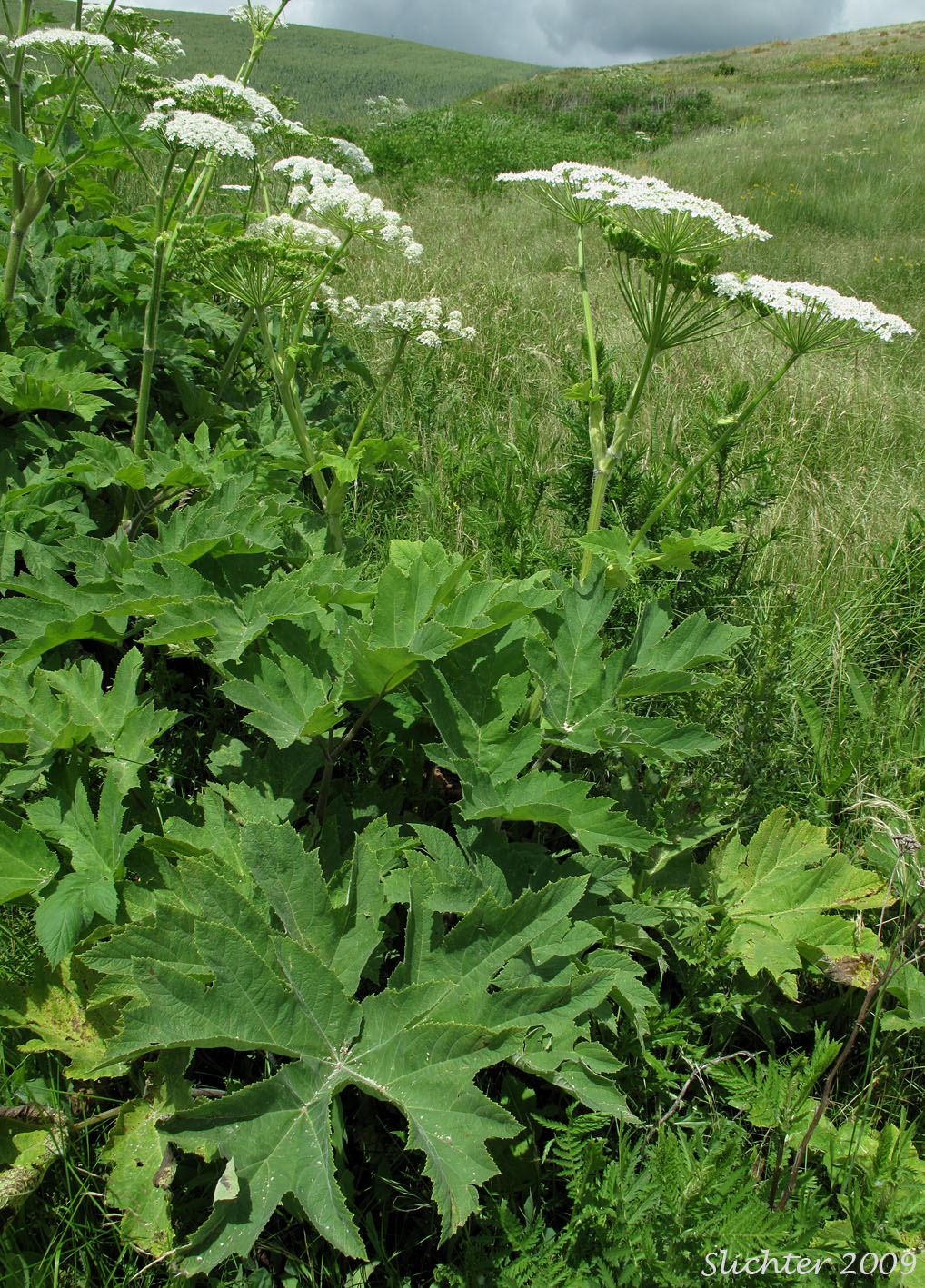
Life Cycle: Dry seeds are wind dispersed but do not germinate the first year. They are light green (with white margins) maturing to brown. (1/4″) across, and somewhat flattened (Illinois Wildflowers n.d.). Seed: Individual immature fruits are about 8 mm. Roots: a taproot or a cluster of thick roots. Cow parsnip blooms in late May to late June, which is typically earlier than giant hogweed (Department of Environmental Conservation n.d.). Additional compound umbels are produced from the axils of upper leaves on long peduncles (flowering stalks) these axillary umbels are up to 6″ across (Illinois Wildflowers n.d.). The central stem terminates in a compound umbel up to 8″ across. The stem is usually unbranched.įlowers: are white compound umbels more or less flat-headed. Stem: is hollow and grooved, green in colour (few to no purple spots), with soft and fuzzy hairs. Photo credit: Rob Routledge, Sault College, The petioles of lower to middle leaves are 3-10″ long, light green, hairy, and relatively stout (especially at the base) (Illinois Wildflowers n.d.).Ĭow parsnip ( Heracleum maximum) leaf. The leaves grow smaller the higher up the stem they go. The basal leaves are arranged in a rosette the first year of life, then become widely spreading alternating up the stem, with the bulk of the leaves concentrated along the lower half of the central stem. The leaves somewhat resemble those of giant hogweed but are smaller with more rounded lobes and not so deeply cut. They are coarsely-toothed with fuzzy undersides. The leaflets are palmately lobed (several lobes whose midribs all radiate from one point) and somewhat resemble the shape of a maple leaf. Leaves: The compound leaves are large measuring up to 0.5m (20 in), each with 3 leaflets. Overall growth habit: A vigorous, single-stemmed, bi-annual (or short lived perennial), that grows from a taproot or a cluster of fibrous roots. Habitats include low laying woodlands, borders of woodlands, meadows in wooded areas, riversides and streambanks, and partially shaded roadsides. You can often find cow parsnip and giant hogweed growing together.

Like giant hogweed it is particularly fond of rich, moist soils in seldom disturbed areas. it has scattered distribution in all states except in the extreme southeastern regions. Although the burns are less severe than those of Giant Hogweed they still cause nasty burns that take weeks or months to heal and can leave scars.Ĭow parsnip has scattered distribution throughout Canada, except the most northern regions. This chemical is activated by ultraviolet radiation and the result is severe burning, blistering and rash. Like giant hogweed, cow parsnip contains organic chemicals within it’s sap called furanocoumarins. It is a large plant rising up to heights of 1-2.5 m (3-8 ft.) when in flower. Photo credit: Alex Katovich, Ĭow Parsnip ( Heracleum maximum) aka Common Parsnip or American Parsnip, is a native plant that widely grows in north America.

Cow parsnip ( Heracleum maximum) plant in flower.


 0 kommentar(er)
0 kommentar(er)
